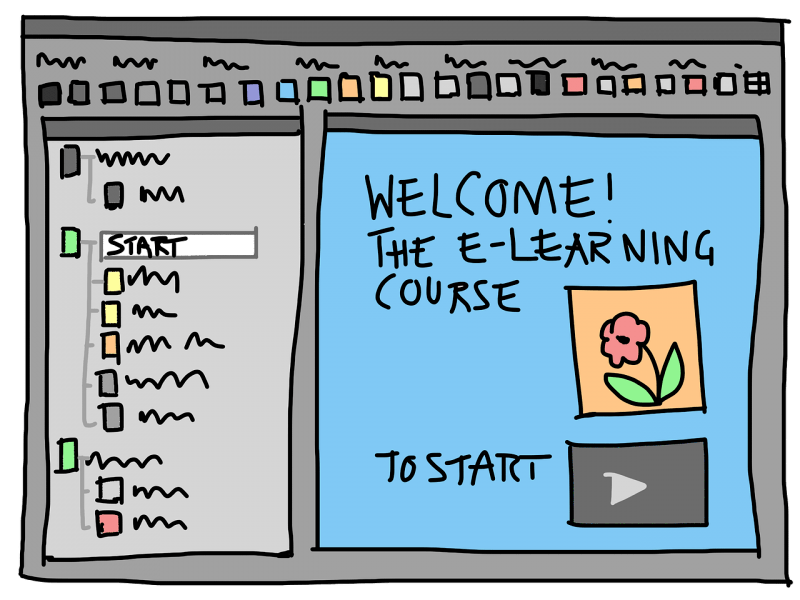How Can Instructional Designers Support K-12 Education?
As school districts provide diverse and technology-rich learning experiences for staff development, Instructional Designers (commonly found in the corporate sector) may find themselves right at home supporting K-12 school districts.
What Could An Instructional Designer Bring To This Space?
Instructional Designers provide a unique lens on the principles of adult learning that is vital when designing professional development opportunities. Instructional Designers can create and develop effective Instructor-Led Training, blended learning, or online (live or self-paced) professional development courses while providing maximum impact in line with the organization's training and development goals.
Considerations For Instructional Designers New To A K-12 District Office
Take It Slow
No need to go in throwing your ID tools around and changing everything immediately. You are probably a new member of the professional development team. Get to know your teammates: what are their strengths or areas of expertise? Each team member brings a unique skill set and historical perspective. Engage and learn from them.
You will find yourself needing to lean on other departments for advice, collaboration, and/or resources.
Get to know the other departments:
- Curriculum and Instruction
- Media (How else are you going to get your Hi-Res photos and videos to add to your course/content?)
- Human Resources
- Legal
Know Your Role
- Will training be designed by one department?
- Are you responsible for converting it to an online course?
- Will you be responsible for designing the face-to-face training?
- Will you be serving as an LMS manager?
- Will you be department specific or work across teams?
- All of the above?
Assess Context
Take a look at the district's current action plan.
- How can your role affect student achievement?
- What are the goals and initiatives for the professional growth of staff?
- Is there a professional growth philosophy?
- Is there an Instructional Design model/process currently being used?
- What is the historical context of the current training model?
- Was a previous assessment conducted that said the current training is the best way to meet the training needs of their learners?
Assess The Training Assets
- Is it primarily powerpoint, face to face delivery, or eLearning?
- Look at the previous decks and facilitator guides.
- What is the Learning Management System?
- How many learners can the organization currently reach and is the organization looking to change this?
- What is the capacity for full learner engagement?
- How is the training currently assessed?
- Is there a protocol in place for training/professional development requests?
Provide A Fresh Look
You may look at materials and become mesmerized by dated stick figures. But before you go in full renovation mode, take a step back. When updating training, sometimes less is more in the beginning, especially if you are in a traditional culture. Look at the branding of the organization's website to stay consistent with messaging and style. Loud TEDx graphics may be a little much at the beginning.
Look for instances where you can insert a learner engagement activity or provide updated Hi-Resolution visuals while keeping the integrity of the presentation until your team has mapped out a plan to move forward. Change can be daunting for some at first.
Engage Subject Matter Experts (SME’s)
Introduce the Instructional Design model you use so that everyone is aware of your process. This will help you streamline communication. Introduce different types of learner engagement strategies or models such as scenario branching, drag-and-drop, microlearning, etc., in order to give SME's insight into what is possible. Ask to sit in on some of the curriculum development, school leadership, and school staff meetings. You may even ask to join observation/learning walks. This will provide an opportunity for you to gauge the needs of your learners. More importantly, strive to be a visible resource. Feel free to step away from your office and join the conversations.
Rewarding Work
Your reach will be widely felt as you design and develop engaging and impactful professional development training experiences. You can make a difference in student growth and achievement. Genuinely engage all stakeholders as you become a vital component in the process of staff development. Make a memorable yet game-changing mark.








